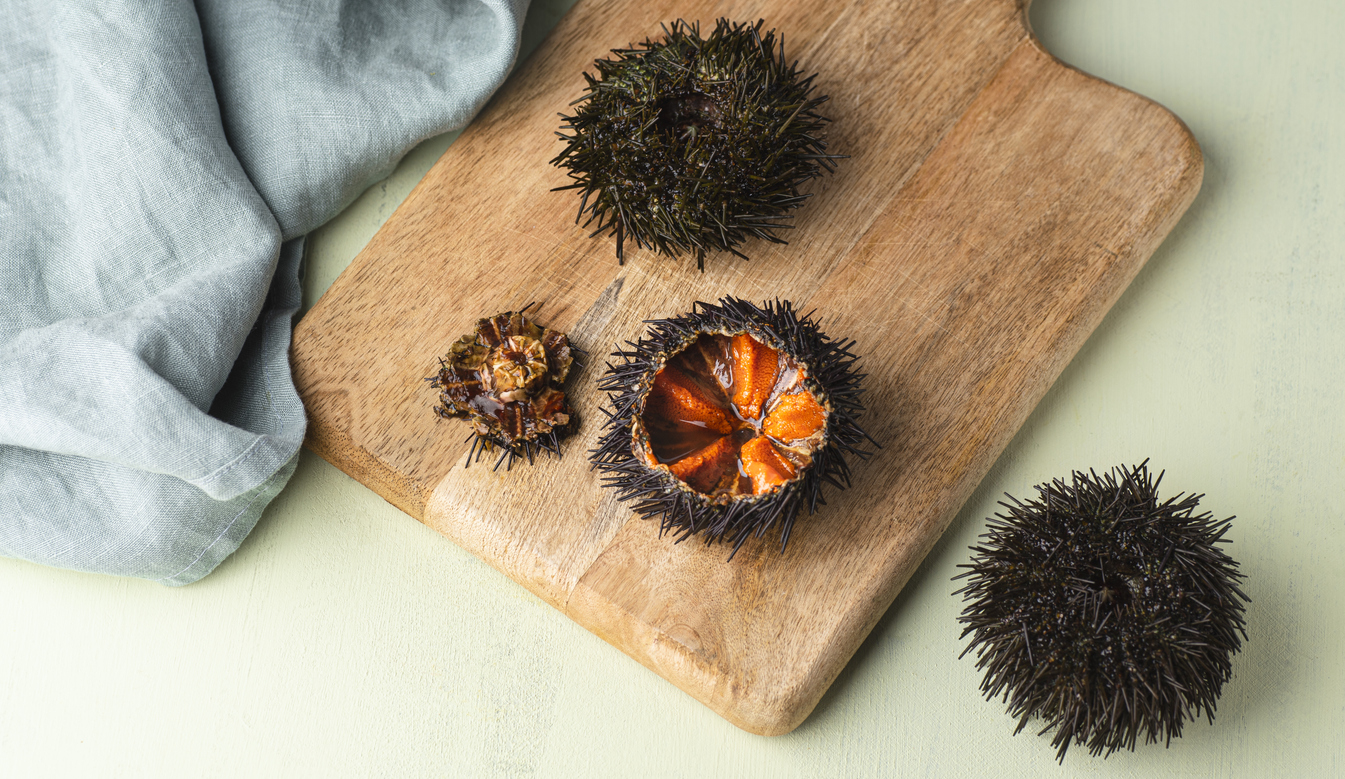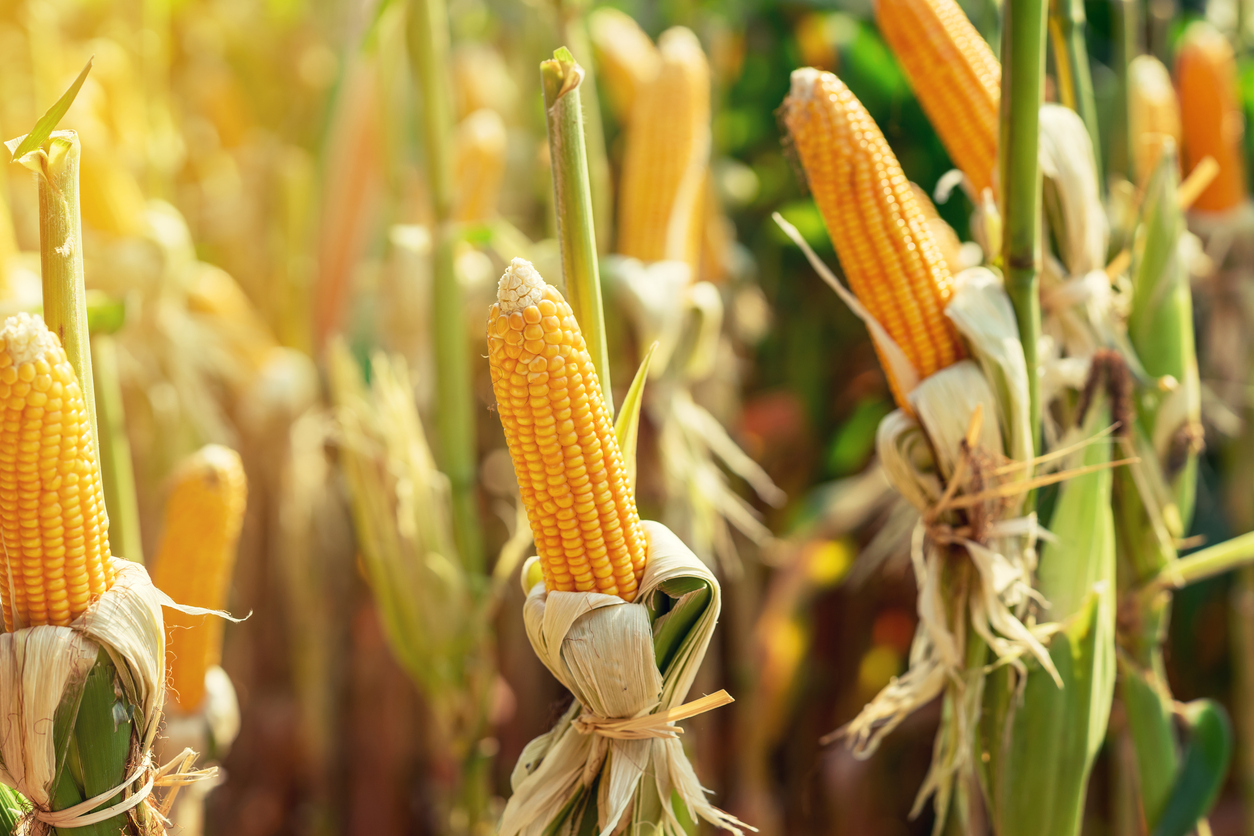Sea Urchin Market Price Fluctuations: Understanding the Economics Behind It
Sea Urchin Market Price Fluctuations: Understanding the Economics Behind It
Are you curious about the mysterious world of sea urchin market prices? Well, get ready to dive deep into the fascinating realm where economics meet marine life! Sea urchins have become a hot commodity in recent years, with their unique taste and versatility capturing the attention of food enthusiasts worldwide. But why do these prickly delicacies experience such wild price fluctuations? Join us as we unravel the intricate web of supply and demand, exploring how factors like environmental changes and global trends can send sea urchin prices skyrocketing or plunging to new depths. Get ready for an insightful journey that will leave you shell-shocked – pun intended – as we delve into understanding the economics behind sea urchin market price fluctuations!
Introduction to Sea Urchin Market Price Fluctuations
Sea urchins, also known as “uni” in Japanese cuisine, have been a delicacy in many parts of the world for centuries. These spiny sea creatures are highly sought after for their rich and creamy taste, making them a popular ingredient in sushi and other seafood dishes. However, what many people may not realize is that the price of sea urchins can vary significantly due to market fluctuations.
The sea urchin market is heavily influenced by factors such as supply and demand, production levels, and environmental conditions. Like any other commodity, when supply is high and demand is low, prices tend to decrease. On the other hand, when supply is limited or demand increases, prices will rise.
One of the main reasons for fluctuations in sea urchin prices is its limited availability. While there are over 900 different species of sea urchins found worldwide, only a few are considered commercially viable for consumption. This means that the supply of uni relies on a select number of producers who must compete with each other to meet the growing demand.
Production levels also play a crucial role in determining sea urchin prices. In recent years, there has been an increase in aquaculture practices for harvesting uni rather than relying on wild caught specimens. Aquaculture allows for more control over production levels and can potentially lead to higher yields at lower costs. However, this method requires significant investments in infrastructure and technology which can impact market prices.
Factors Affecting Sea Urchin Market Prices
The market price of sea urchins is constantly fluctuating, and there are a variety of factors that contribute to this volatility. In order to understand the economics behind these fluctuations, it is important to examine the various factors that affect sea urchin market prices.
1. Supply and Demand: The basic economic principle of supply and demand plays a significant role in determining the market price of sea urchins. When there is high demand for sea urchins but limited supply, the prices will increase as consumers are willing to pay more for this delicacy. On the other hand, when there is an excess supply of sea urchins but low demand, prices will decrease as suppliers try to sell off their stock.
2. Harvesting Season: Sea urchin harvesting season varies depending on location, but it typically runs from late fall through early spring. During this time, fishermen collect large quantities of fresh sea urchins which can lead to an oversupply in the market and cause prices to drop. Conversely, during the off-season when fewer sea urchins are being harvested, prices tend to increase due to limited availability.
3. Environmental Factors: The natural environment also has a significant impact on the abundance and quality of sea urchins available in the market. Factors such as ocean temperature changes, pollution levels, and weather patterns can all affect the growth rate and health of sea urchin populations. This can result in variations in size and flavor which can influence market prices.
– Supply and Demand
The sea urchin market, like any other market, is driven by the forces of supply and demand. Understanding these economic principles can help explain the fluctuations in sea urchin prices and provide insights into the factors that influence them.
Supply refers to the quantity of a product or service that producers are willing and able to offer for sale at a given price. In the case of sea urchins, supply is dependent on various factors such as weather conditions, ocean currents, and fishing regulations. Sea urchins are harvested from coastal waters around the world, with Japan being one of the largest producers. However, changes in environmental conditions can affect their population and availability for harvesting.
For example, warmer waters caused by El Niño events can lead to an increase in sea urchin mortality rates. This decrease in supply can cause a shortage of sea urchins available for sale, leading to higher prices as demand remains constant or even increases.
On the other hand, favorable environmental conditions such as cooler water temperatures and optimal food sources can result in an abundance of sea urchins. This surplus leads to an increase in supply, causing prices to drop as producers try to sell off their excess inventory.
Demand is another crucial factor that affects sea urchin market prices. Demand refers to the desire or need for a specific product or service at a given price point. In recent years, there has been a growing demand for high-quality seafood products worldwide due to its perceived health benefits and unique flavors.
– Seasonality
Seasonality is a significant factor that contributes to the fluctuations in sea urchin market prices. Understanding this aspect of the market can help us make sense of the economic forces that drive these fluctuations.
The seasonality of sea urchin harvesting and consumption is heavily influenced by natural factors such as temperature, weather conditions, and spawning cycles. In most regions, sea urchins are only harvested during specific months when they are at their peak quality and abundance. This restricted availability directly impacts the supply chain, leading to varying market prices throughout the year.
One key factor affecting sea urchin seasonality is water temperature. Sea urchins thrive in colder waters, making them more abundant in coastal areas with lower temperatures. As winter approaches, the cold water triggers sea urchins to migrate from deeper waters towards shallower shores where they can be easily harvested. This migration increases their availability and decreases market prices as supply exceeds demand.
However, as warmer temperatures arrive in spring and summer, sea urchins become less active and move back to deeper waters or seek shelter under rocks or algae beds. This change in behavior reduces their accessibility for harvesters, resulting in decreased supply and higher market prices.
Another crucial factor affecting sea urchin seasonality is their reproductive cycle. Like other marine creatures, sea urchins have a specific breeding season during which they spawn and produce offspring.
– Environmental Factors
Environmental factors play a significant role in the fluctuations of sea urchin market prices. The delicate balance between supply and demand is heavily influenced by various environmental conditions that affect the availability, quality, and sustainability of sea urchins.
One crucial factor that affects the sea urchin market is weather patterns. Sea urchins thrive in cold, nutrient-rich waters, making regions with colder climates ideal for their growth. However, extreme weather events such as storms or prolonged periods of heat can disrupt their natural habitat and food sources, leading to a decline in population. This can result in a shortage of sea urchins available for harvest, driving up prices in the market.
Another environmental factor that impacts the sea urchin market is pollution. As filter feeders, sea urchins are highly sensitive to changes in water quality. Pollution from industrial activities or agricultural runoff can contaminate their habitats and negatively impact their health and growth. In turn, this can lead to a decrease in the quantity and quality of harvested sea urchins, causing an increase in prices.
Climate change also has a significant impact on the sea urchin market. Rising ocean temperatures not only affect the availability of nutrients but also cause changes in ocean currents and acidity levels – all essential factors for healthy sea urchin populations. These changes can disrupt breeding cycles and reduce reproductive success rates, ultimately affecting the number of sea urchins available for harvest.
History of Sea Urchin Market Prices
The sea urchin market has a long history of price fluctuations, with prices varying greatly from year to year. Understanding the factors that influence these fluctuations can help us better understand the economics behind this unique market.
One of the main reasons for the fluctuating sea urchin market prices is the natural variability in their population. Sea urchins have a relatively short lifespan and their numbers can fluctuate significantly due to various environmental factors such as temperature, water quality, and food availability. This means that some years there may be an abundance of sea urchins available for harvesting, resulting in lower prices due to increased supply. Conversely, in other years there may be a scarcity of sea urchins, leading to higher prices due to decreased supply.
Another factor affecting sea urchin market prices is consumer demand. In recent years, there has been a growing demand for sea urchins as a delicacy in many countries around the world. This has led to an increase in exportation of sea urchins from countries like Japan and Canada, which are major producers of high-quality uni (sea urchin roe). As demand increases, so do prices as suppliers can charge more for their product.
The introduction of aquaculture techniques has also had an impact on sea urchin market prices. Aquaculture refers to the farming or cultivation of seafood species rather than relying solely on wild catch. With advances in technology and techniques, aquaculture production of sea urchins has
Current Trends in Sea Urchin Prices
Current Trends in Sea Urchin Prices
Sea urchins, also known as “uni” in Japanese cuisine, have been gaining popularity in the culinary world for their unique and delicate flavor. They are a staple ingredient in many dishes, especially sushi and sashimi. As demand for sea urchins continues to rise, so does their market price. In this section, we will take a closer look at the current trends in sea urchin prices and explore the factors that contribute to these fluctuations.
1. Seasonal Variations
One of the main factors that affect sea urchin prices is its seasonal availability. Sea urchins are typically harvested during the winter months when they are at their peak quality and taste. This limited supply during certain times of the year drives up the market price, making it a highly sought-after delicacy.
2. Geographic Location
The location where sea urchins are harvested also plays a significant role in their pricing. Different regions around the world produce varying qualities of sea urchins, which can impact their prices significantly. For example, Santa Barbara uni from California is considered to be some of the best quality due to its cold waters and nutrient-rich kelp beds, making it more expensive than other varieties from different locations.
Impact on the Sea Urchin Industry
The sea urchin industry is a major player in the seafood market, with millions of dollars being generated annually. However, like any other industry, it is not immune to fluctuations in market prices. In recent years, the sea urchin market has experienced significant price volatility, leaving many industry players wondering about the underlying economics behind these fluctuations.
One of the main factors affecting the sea urchin market prices is supply and demand. Sea Urchins are highly sought after delicacies in many countries around the world, especially in Japan where it is considered a delicacy known as “uni”. With increasing demand for sea urchins globally, there has been a surge in harvesting and exporting activities. This high demand coupled with limited supply from natural habitats has resulted in a rise in sea urchin prices.
However, this increase in prices can also be attributed to environmental factors such as climate change and ocean acidification. These phenomena have led to changes in sea temperature and water chemistry which can have a significant impact on the growth and reproduction rates of sea urchins. As a result, there may be periods of low productivity or even mass die-offs of wild populations, leading to decreased supply and higher prices.
Another factor that affects the pricing of sea urchins is government regulations and policies. In some regions where wild harvesting takes place, governments may impose quotas or restrictions on harvest levels to ensure sustainable fishing practices.
– Fishermen and Divers
Fishermen and divers play a crucial role in the sea urchin market as they are responsible for harvesting the valuable delicacies from the ocean. The relationship between these individuals and the sea urchin market is complex, with many factors influencing their livelihoods and the market price of sea urchins.
The first factor to consider is the supply of sea urchins. Fishermen and divers rely on healthy populations of sea urchins in order to make a living. Overfishing or environmental changes can lead to a decline in sea urchin populations, making it more difficult for fishermen and divers to find and harvest them. This decrease in supply can then drive up the market price, as demand remains high but supply decreases.
On the other hand, an increase in supply can have the opposite effect on market prices. If there is an abundance of sea urchins available due to favorable environmental conditions or successful farming practices, this can lead to a decrease in prices as competition among sellers increases.
Another factor that influences both fishermen/divers and market prices is government regulations. In some areas, fishing for sea urchins may be restricted or banned altogether during certain times of year or in specific locations. These regulations are meant to protect sea urchin populations from overexploitation and ensure their sustainability for future generations. However, these restrictions can also limit fishermen’s ability to harvest enough sea urchins to meet demand, driving up prices.
– Restaurants and Consumers
Restaurants and consumers play a vital role in the sea urchin market, as they are the primary buyers and sellers of this delicacy. The demand for sea urchins has been steadily increasing in recent years due to their unique flavor and nutritional value. As a result, the economics behind the market price fluctuations can be influenced by various factors related to restaurants and consumers.
Restaurants are one of the main drivers of demand for sea urchins. They often feature this delicacy on their menus, either as a standalone dish or incorporated into other dishes such as sushi or pasta. The popularity of sea urchin dishes has increased significantly in high-end restaurants, where it is considered a luxury item. This has led to an increase in demand from these establishments, which can drive up the market price.
Another factor that affects sea urchin market prices is consumer preferences and trends. In recent years, there has been a growing interest in health-conscious eating habits, with more people opting for nutrient-dense foods like sea urchins. This change in consumer behavior has resulted in an increase in demand for sea urchins, leading to higher prices.
However, consumer preferences can also have an adverse effect on market prices. For example, if there is a sudden shift towards vegetarian or plant-based diets, there may be a decrease in demand for seafood products like sea urchins. This could lead to a surplus supply of sea urchins and subsequently cause prices to drop.
Strategies for Dealing with Fluctuating Prices
The sea urchin market is notorious for its fluctuating prices, which can greatly impact both buyers and sellers in the industry. In order to navigate these price fluctuations, it is important to have a solid understanding of the economics behind them and implement effective strategies. In this section, we will discuss some key strategies for dealing with fluctuating prices in the sea urchin market.
1. Diversify Your Product Offerings:
One of the best ways to mitigate the effects of fluctuating prices is to diversify your product offerings. This means offering a variety of sea urchin products, such as live or frozen uni, roe, or even processed products like sushi or sauces. By offering a range of products, you can adjust your focus based on market demand and price fluctuations. For example, if fresh uni prices are high due to scarcity, you may want to shift your focus towards selling processed products that have a longer shelf life.
2. Establish Long-Term Contracts:
Another strategy for dealing with fluctuating prices is to establish long-term contracts with buyers or suppliers. This provides stability and predictability in pricing, as both parties agree on a set price for a certain period of time. Long-term contracts also allow for better planning and budgeting, as well as reducing the risk of being affected by sudden price changes.
Alternative Options for Sea Urchin Consumption
As the demand for sea urchins continues to grow, so does its market price. This can make it difficult for seafood lovers to enjoy this delicacy on a regular basis as it becomes more expensive. However, there are alternative options for consuming sea urchins that are not only wallet-friendly but also sustainable.
Firstly, one can opt for canned or frozen sea urchins. These options may not have the same freshness as freshly caught ones, but they still offer a similar taste and texture. Canned or frozen sea urchins also have a longer shelf life which means they can be purchased in bulk and enjoyed over an extended period.
Another option is to look out for locally sourced sea urchins. Many coastal communities rely on harvesting these creatures as a source of income, and by purchasing from local fishermen, you are supporting their livelihoods while also getting fresh and affordable sea urchins. Local markets or community-supported fisheries are great places to find these kinds of products.
For those who are feeling adventurous and want to try something new, there are alternative types of sea urchin species that may be more readily available and at a lower cost compared to the popular Japanese green sea urchin (uni). For example, California red sea urchin (dubbed “red gold”) is becoming increasingly popular due to its similar flavor profile and lower price point than uni.








Comments are closed.